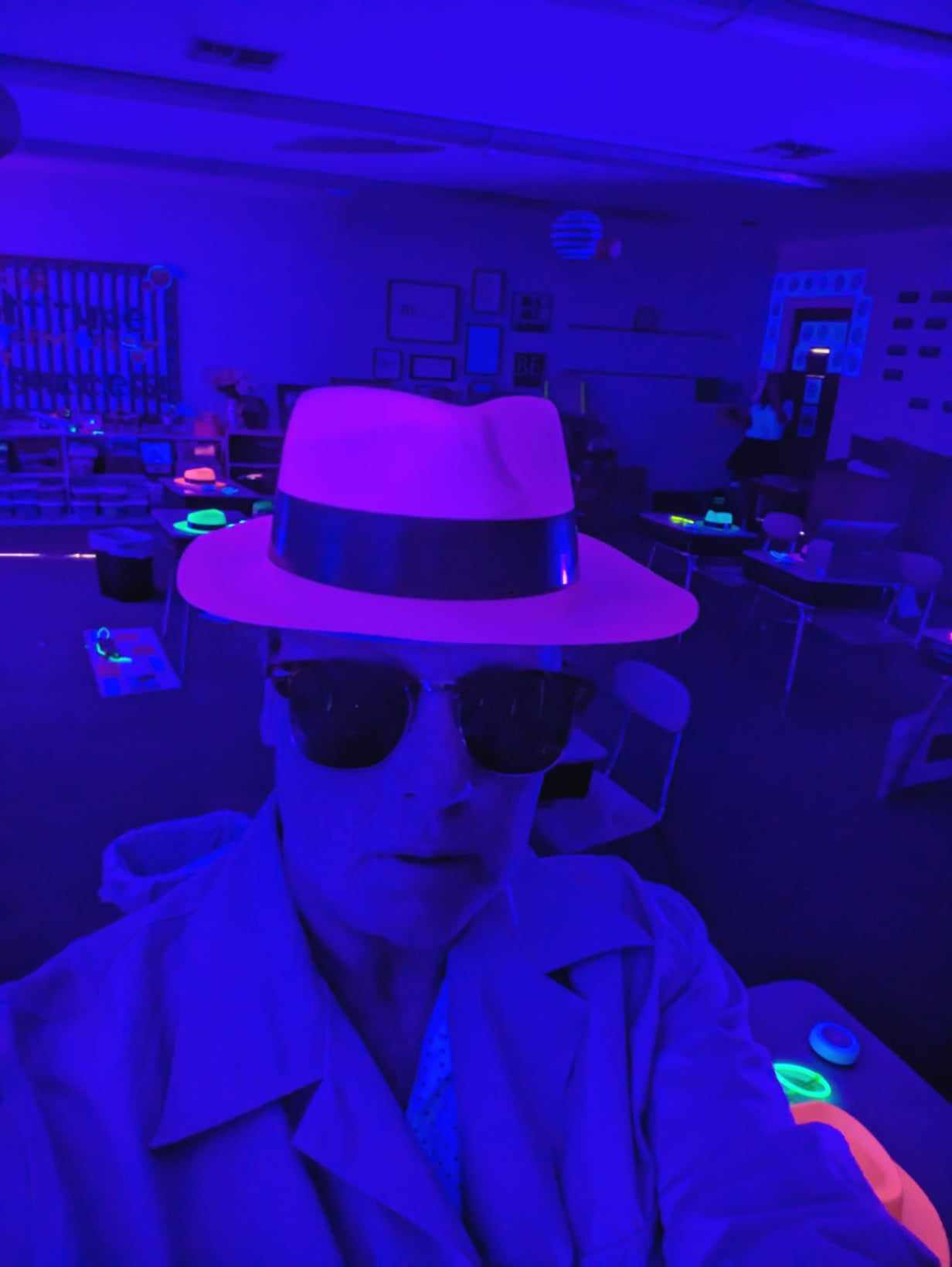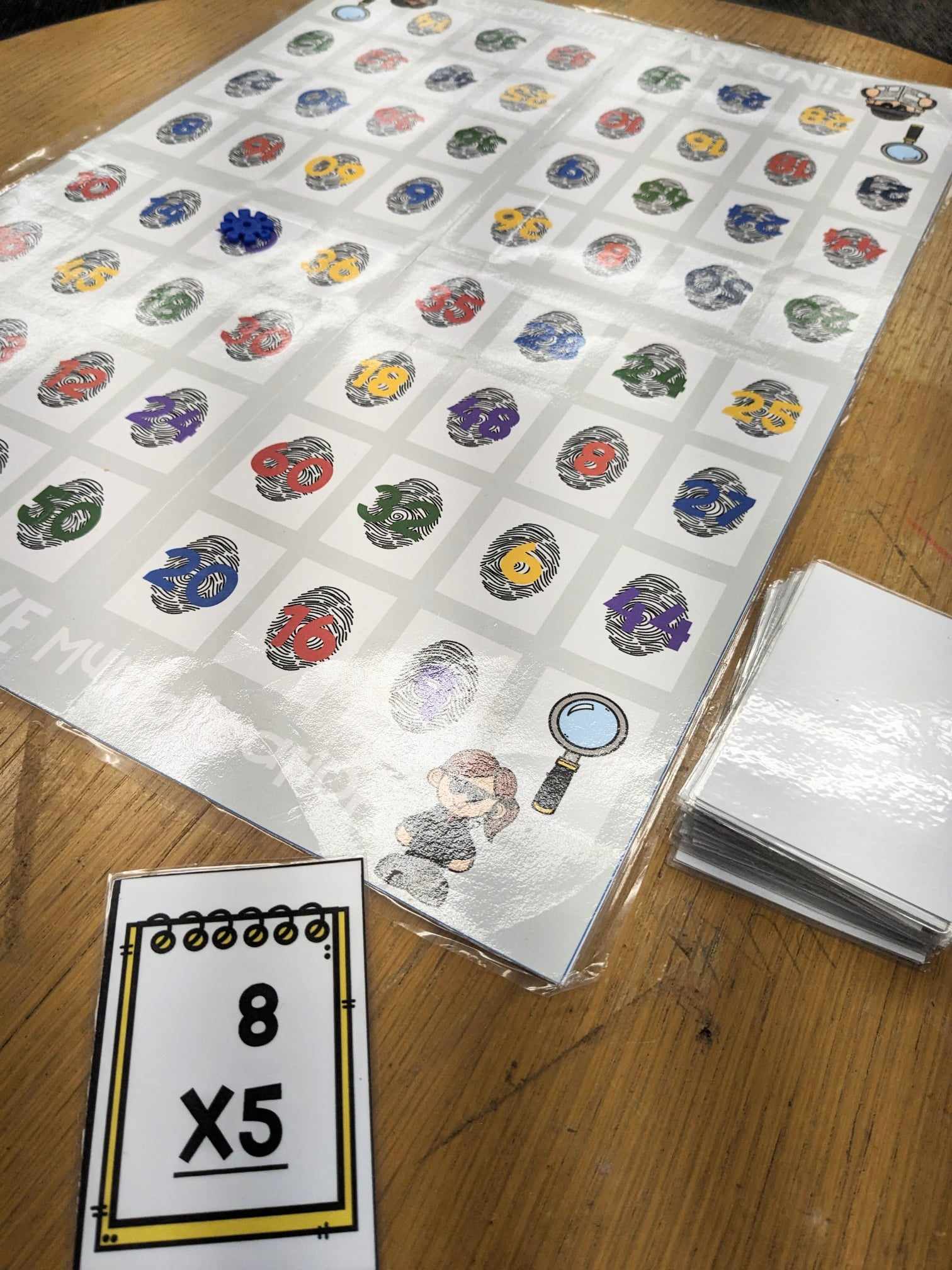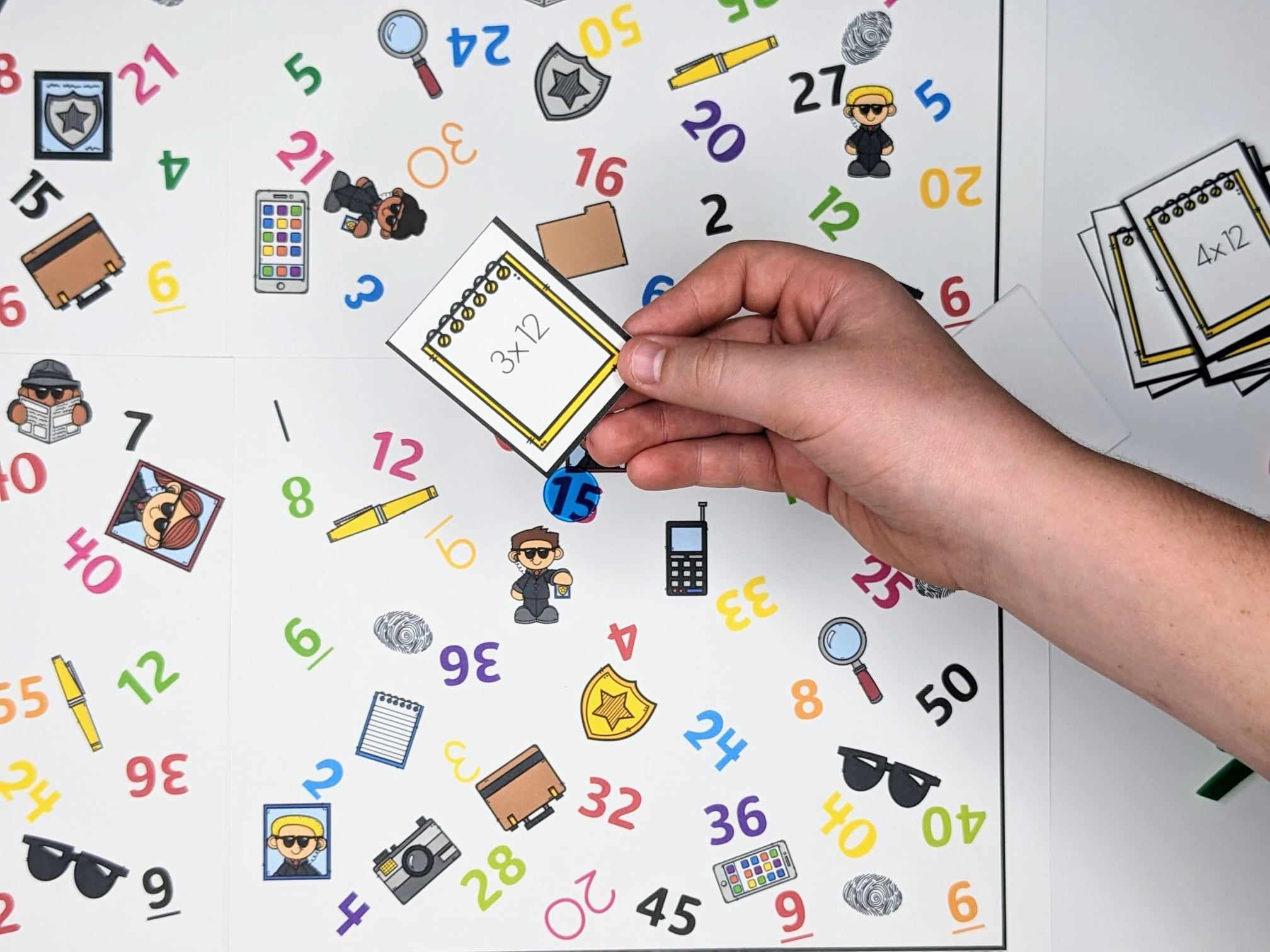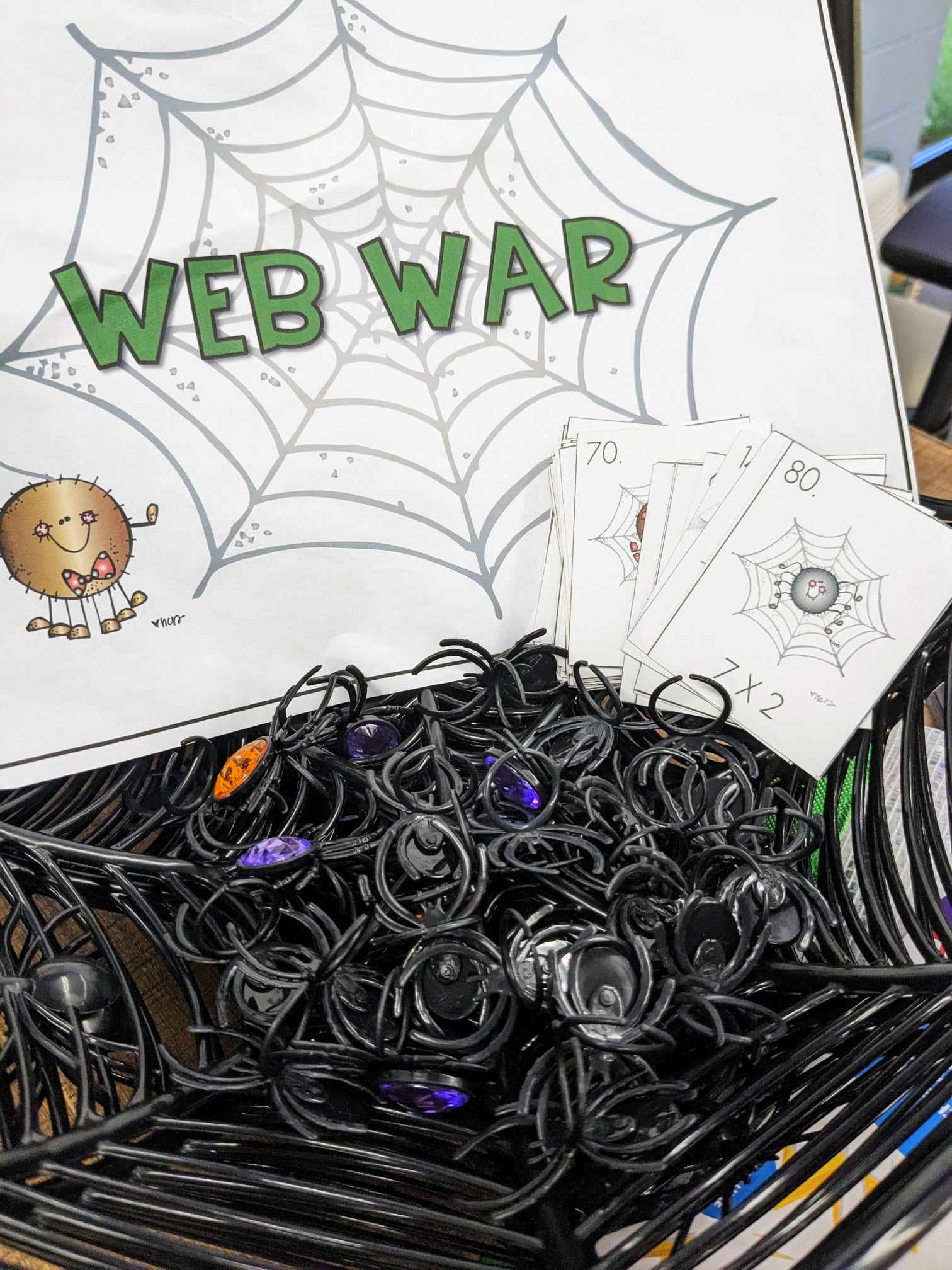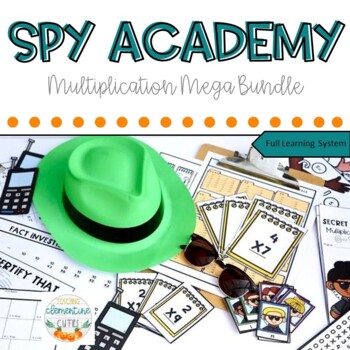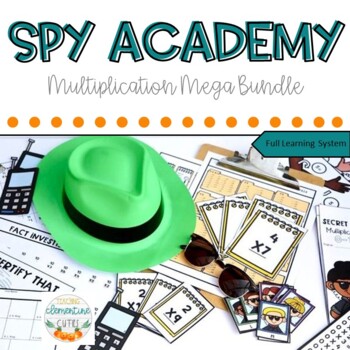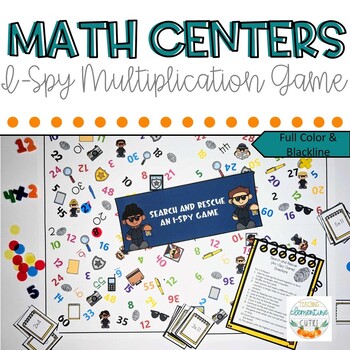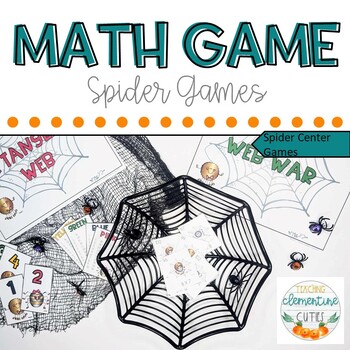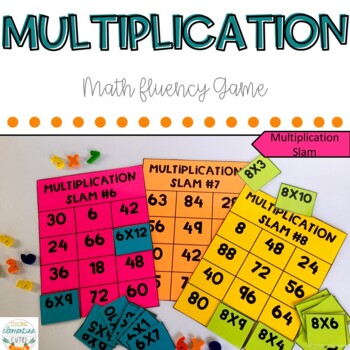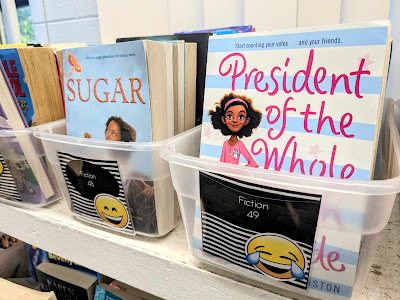Why do I Need over 1000 Classroom Books?
Having a wide variety and large selection of books is a must for me. Students need to be able to choose books that interest them. They need to have many to choose from, not just a small bin or two for an entire classroom. Having a large variety gets them excited about books. It helps them to be more interested in books. Research shows that students who attend school in a classroom with a well-stocked library of quality books actually read 50% more than students who do not. That is a LOT! Having more books provides students. A great classroom library can benefit students by providing motivation and interest in books. We want to help students become life-long readers and this is one way to help students reach that goal.
Where I shop for Books
I am constantly adding new books to my classroom library. I love the excitement I see when kids get their hands on new books. There is a buzz in the classroom as everyone eyes a book with an interesting cover that they want to check out. I hear students ask the lucky kid who got the book they wanted if they can have that book next.
So, where do I find these new books, and how can I afford to add so many to my classroom? I am lucky to have a Goodwill bookstore in my town. It is in entire house, filled with books of all kinds. It has a large children's section and every weekend the books are on sale for 25% off! They are constantly getting new books and I can get so many when I head there. I donate these books to my classroom, but I do write my name in them since I purchase them with my own money. I have no plans to leave my school, but if I ever do, I would definitely take these books with me.
I suggest that you get books at thrift stores and garage sales. I can pick up books for usually between $1.99 and $3.99 plus get the 25% off. These books would regularly retail for between $5.99 and $17 or so. It is really a great deal. Also, don't be afraid to ask or put out a post on social media for people to donate their old books to you for your classroom. I have had parents over the years who wanted to clear out unused books donate to me...and I always say yes to that!
How I Organize my Classroom Library
I admit it, organizing my classroom library was not a quick or easy task, but once I got it organized, it was a cinch to maintain. I have used this method with kids from 2nd grade all the way through 6th and if you train them right, and keep high expectations of them, it is so easy to have a clean and organized library all year, and even for years to come. Here's my steps for getting started.
1. First, find some bins to use. Bins not only allow you to hold more books on the shelf, but it also allows you to easily sort books into categories. Bins also turn books so that students can quickly thumb through them, looking directly at the front of the cover and not the spines.
Bins do not have to be costly at all. I have two types of bins in my library currently and neither cost much money. The first type I picked up at Walmart. They are the shoebox bins. These usually come in sets of 6 for a discount. I like these bins for chapter books, they are just a perfect size to line chapter books up in and you can store so many in just one bin. The other type I have are dishpan bins. These are larger and they are great to use for picture books that are too big to fit in the shoebox bins. If the books are too large to stack facing out, I do turn them sideways to allow them to fit better.
Sometimes I get these bins for free when people are getting rid of their storage bins.
2. Next, I dump all my books out in a large area and start sorting. This is the messiest part and definitely takes the longest, but it is so worth it in the long run. I look at my books and the types of books I have. I start placing books that fit together in stacks. Sometimes I have a ton of books by one author, like Andrew Clements for instance. My students LOVE his books and I have purchased so many over the years. Sometimes I have many books about a certain topic such as the Titanic. We did an in-depth study of the Titanic a couple of years ago and the students became OBSESSED. So whenever I go to the bookstore and see a new book about the Titanic, I pick it up. With all those Titanic books, they needed their own space in my classroom library. I even have books series that obviously belong together. I have space for my Junie B. Jones, American Girl, Childhood of Famous Americans, Ready Freddy, Flat Stanley, Who Was, I Survived, Babysitter Club comics and many more series books. If kids love a series, I keep purchasing them when I see more books in the set.
If a book does not seem to fit any specific category, then I will use subject area or genre. For instance, I have a category for fiction and biography. I also have a category for science and Bible (since I teach in a Christian school).
3. Once the HUGE task of sorting is complete, I give each category a name and a number. I start with the number one and continue through the numbers until every category has a number. I purchase little sticker squares, they come in packs of ********* at Walmart for just a few dollars. I count how many books I have in a specific category and then I write the category number on that many stickers. I place the number sticker inside the front cover of the book. I continue adding stickers with numbers to the inside cover of every book. As I finish with a category, I place it inside a book bin.
4. When all the books are in bins, I create tags for the outside of the bins. The tag will show the category and the number of all the books inside. For example it may say Fiction 1 or Biography 3. Many times, I add clipart to my bins to match my classroom theme. I currently have emoji's on my bin labels. I use a plastic pocket sticker on the front of each bin and slide my labels inside. I always pick up extra pocket stickers from the dollar spot at Target during back-to-school time.
Training the Students to Use the the Classroom Library
During the beginning of the school year, I train the students to use the classroom library. I take time to show them how the books and bins are numbered. I tell them that when they are done with a book, they should place it back according to the number listed on the outside of the bin and inside of the book. I show them how to do this. We talk about the correct way to place the book inside a bin...front cover showing and right side up. I hold them to this. They are not allowed to just dump their books and walk away or put them haphazardly in a bin. Sometimes this takes some reminding and remodeling, but they can and will learn to do it.
Student Book Bins
Each student in my class receives a book bin with their name on it. I use durable plastic ones. I have had the exact same ones for probably 5-6 years and they are still in good shape. I recommend purchasing ones that are sturdy, not ones from places like Dollar Tree where the size and quality will suffer. I think I originally spent about 60 dollars for 24 bins. I use magazine-style book bins. I also place a plastic pocket on the front of each and slide in the student name.
We talk about how many books they are allowed to have at a time (5) and how to care for the books by not dog-earing the pages, but instead using a book mark or scrap of paper.
Students care for their book bin and are asked to keep only books and headphones for reading online inside their bins.
Library Goals
It is a goal for me to have a self-running library with a wide variety of reading materials. I want my students to fall in love with reading and become life-long readers. I will do whatever I can to make my classroom library a place of joy to explore. Being organized, giving students choice, and making the process easy for them are all ways that I go about achieving that goal.
Setting up your library will take some time, but once you have it, you will save so much time in the long run. I love that I do not have to reshelf books or help students with checking them out. Our library is a well-oiled machine!
If you are looking for editable tags for your classroom library, I have a set you may be interested in in my TPT shop. You can click on the picture below to be taken to the product.

.jpg)








.jpg)








